Manufacturing processes play a crucial role in transforming raw materials into finished products. Two widely used methods in the industry are injection molding and vacuum thermoforming. While both techniques are employed to create a variety of products, they have distinct differences in terms of cost, complexity, and versatility. This article aims to provide a comprehensive comparison of injection molding and vacuum thermoforming, exploring their processes, applications, advantages, and limitations. By understanding the unique attributes of each method, businesses and designers can make informed decisions about which manufacturing technique best suits their specific needs and requirements.
How Does Injection Molding Work?
Injection molding is a well-established and highly versatile manufacturing process used to produce a wide range of plastic and metal components. The process involves injecting molten material into a mold cavity under high pressure, where it cools and solidifies, taking the shape of the mold. Here are the key aspects of injection molding:

a. Process Overview
The injection molding process begins with the preparation of raw material pellets or granules. These materials are fed into the injection molding machine’s hopper and melted in a heated barrel. The molten material is then injected into the mold cavity using a reciprocating screw or plunger under high pressure.
b. Mold Design
Injection molds are typically made from hardened steel and are carefully designed to create the desired shape of the product. The mold consists of two halves – the cavity and the core – that come together to form the complete shape.
c. Applications
Injection molding is used to produce a wide range of products, including automotive components, consumer goods, medical devices, electronic enclosures, and packaging materials.
d. Advantages:
- High Precision and Detail: Injection molding allows for intricate designs and high dimensional accuracy, making it suitable for complex and detailed parts.
- High Volume Production: The process is ideal for mass production due to its efficiency and rapid cycle times.
- Variety of Materials: Injection molding supports a wide range of materials, including thermoplastics, thermosets, and metal alloys.
e. Limitations:
- High Initial Cost: The setup cost for injection molding can be significant due to the fabrication of molds, especially for low-volume production runs.
- Long Lead Times: The design and fabrication of complex molds may lead to longer lead times for product development.
How Does Vacuum Thermoforming Work?
Vacuum thermoforming is a cost-effective and versatile manufacturing process used primarily for producing large, shallow, and moderately complex parts. This method involves heating a thermoplastic sheet until it becomes pliable and then forming it around a mold using a vacuum. Below are the key aspects of vacuum thermoforming:
a. Process Overview
The vacuum thermoforming process starts with a flat thermoplastic sheet being heated until it reaches its forming temperature. The heated sheet is then draped over a mold, and a vacuum is applied to draw the sheet tightly against the mold’s contours. Once cooled, the formed part is trimmed to its final shape.
b. Mold Design
Vacuum forming molds are typically made from wood, epoxy, or aluminum. Unlike injection molds, they are generally less expensive, making vacuum thermoforming a cost-effective solution for low-volume production.
c. Applications
Vacuum thermoforming is commonly used to manufacture items like trays, blister packaging, automotive interior components, signage, and point-of-purchase displays.
d. Advantages
- Low Tooling Cost: The relatively simple molds used in vacuum thermoforming result in lower tooling costs, making it more economical for short production runs.
- Quick Prototyping: Vacuum forming allows for rapid prototyping and iterative design changes without significant expenses on tooling modifications.
- Versatility: The process can work with various materials, including ABS, polystyrene, PVC, and PETG.
e. Limitations:
- Limited Complexity: Vacuum thermoforming is better suited for shallow and moderately complex parts; it may not be suitable for highly intricate designs.
- Thicker Materials Challenging: Forming thick materials may require longer heating times, which can affect production efficiency.
Comparison of Injection Molding and Vacuum Thermoforming
Now, let’s examine the key differences between injection molding and vacuum thermoforming:
- Complexity and Detail: Injection molding offers high precision and can handle intricate designs and tight tolerances. In contrast, vacuum thermoforming is more suitable for shallow and moderately complex parts.
- Tooling Cost: Injection molding requires expensive steel molds, making it cost-effective for high-volume production but less economical for low-volume runs. Vacuum thermoforming, on the other hand, utilizes cheaper molds, making it more affordable for short production runs and prototyping.
- Material Versatility: Injection molding can process a wide range of materials, including various thermoplastics and metal alloys. Vacuum thermoforming primarily works with thermoplastic sheets.
- Lead Time: Injection molding typically has longer lead times due to mold fabrication, while vacuum thermoforming offers faster prototyping and short production lead times.
- Part Size: Injection molding can produce both small and large parts, whereas vacuum thermoforming is generally better suited for larger and shallower components.
- Complexity of Design Changes: Injection molding requires significant modifications to molds for design changes, leading to higher costs. Vacuum thermoforming allows for rapid prototyping and design iterations at a lower cost.
Compare In Terms Of Materials And Tools
Below is a comparison table charting the differences between Injection Molding and Vacuum Thermoforming in terms of materials and tools:
| Aspect | Injection Molding | Vacuum Thermoforming |
|---|---|---|
| Materials | Compatible with a wide range of materials, including various thermoplastics (e.g., ABS, PP, PE, PC, PET), thermosetting plastics, and metal alloys. | Primarily uses thermoplastic sheets, such as ABS, PS, PVC, PETG, and PMMA. |
| Material Properties | Diverse mechanical properties, such as high strength, flexibility, heat resistance, and chemical resistance. | Good impact resistance and moderate temperature resistance. May not offer the same level of strength as injection-molded materials. |
| Material Form | Pellets or granules fed into the machine’s hopper for melting and injection. | Flat sheets or rolls heated until pliable and then shaped over a mold. |
| Molds | Made from hardened steel or aluminum. Durable and can withstand high pressures and temperatures. | Simpler molds made from materials like wood, epoxy, or aluminum. |
| Tooling Cost | Higher tooling cost due to the complexity and material requirements of the molds. | Lower tooling cost due to simpler molds, making it cost-effective for short production runs and prototyping. |
| Production Volume | Suitable for high-volume production runs. | More economical for low to medium production volumes and rapid prototyping. |
| Design Complexity | Ideal for complex and intricate designs with tight tolerances. | Better suited for shallow and moderately complex parts. May not handle highly intricate designs as well. |
| Lead Time | Longer lead times due to mold fabrication and setup. | Faster prototyping and shorter production lead times. |
| Versatility | Wide range of material options for various applications. | Limited to thermoplastic materials, offering a narrower selection of materials. |
These factors when deciding between injection molding and vacuum thermoforming for a specific project. Both methods have their strengths and limitations, and the choice will depend on the production volume, material requirements, design complexity, budget constraints, and project objectives.
Injection molding and vacuum thermoforming are two distinct manufacturing processes, each with its own strengths and limitations. The choice between the two depends on factors like the required part complexity, volume of production, material selection, and budget constraints. Injection molding excels in high-volume production of complex parts with tight tolerances, while vacuum thermoforming offers a cost-effective solution for lower volumes and simpler designs. By understanding the differences and applications of these manufacturing techniques, businesses can make informed decisions to meet their specific production needs and achieve optimal results.
The Detail Of BE-CU Plastic Injection Company

The core cooperative injection molding supplier has twelve 50T-200T injection molding machines, all of which are equipped with manipulators, mold temperature controllers, automatic assembly lines, and dust-free purification workshops. There are 4 automatic production lines in the oil spraying department: one 10,000-level automatic spraying production line (two sprays and two baking), 1 production line (one spray and one baking); 1 manual spraying production line, with a daily output of 150,000 pieces above. With brand-new professional technology, with an environmentally friendly anti-static, fully air-conditioned, dust-free workshop, the working environment is superior, the production equipment is complete, and the product testing equipment is perfect. Need mold making supplies for large quantities of production parts? Looking for a more cost effective and time efficient way of manufacturing parts? Don’t miss our injection molding services! At be-cu.com, we provide high quality and affordable injection molding for prototypes and production parts with quick turnaround times.
-

5 Axis CNC Machining Spiral Bevel Gear Mold
-
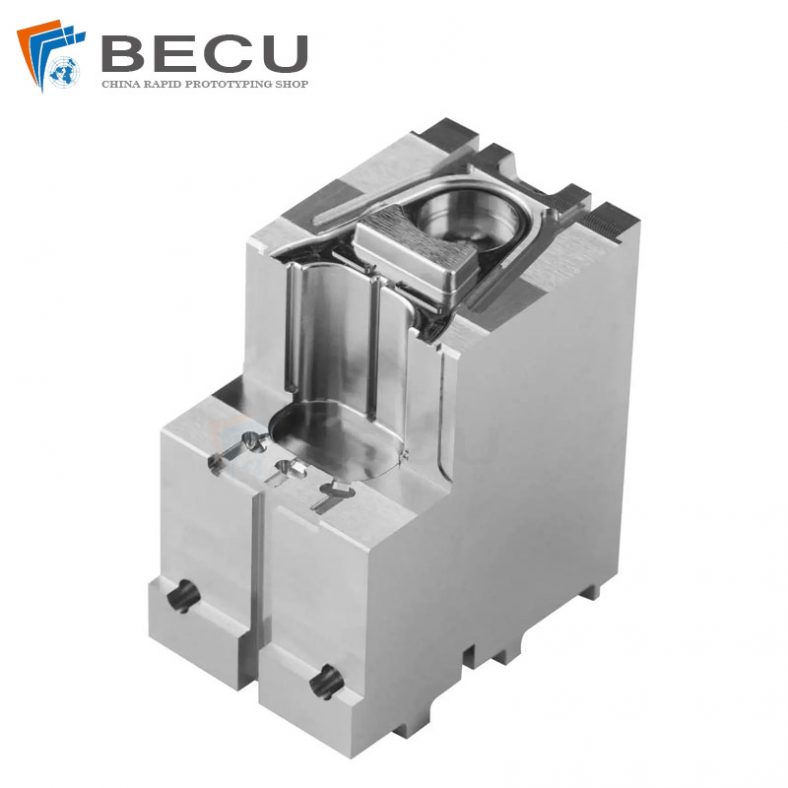
Small Precision Injection Molding Inserts
-
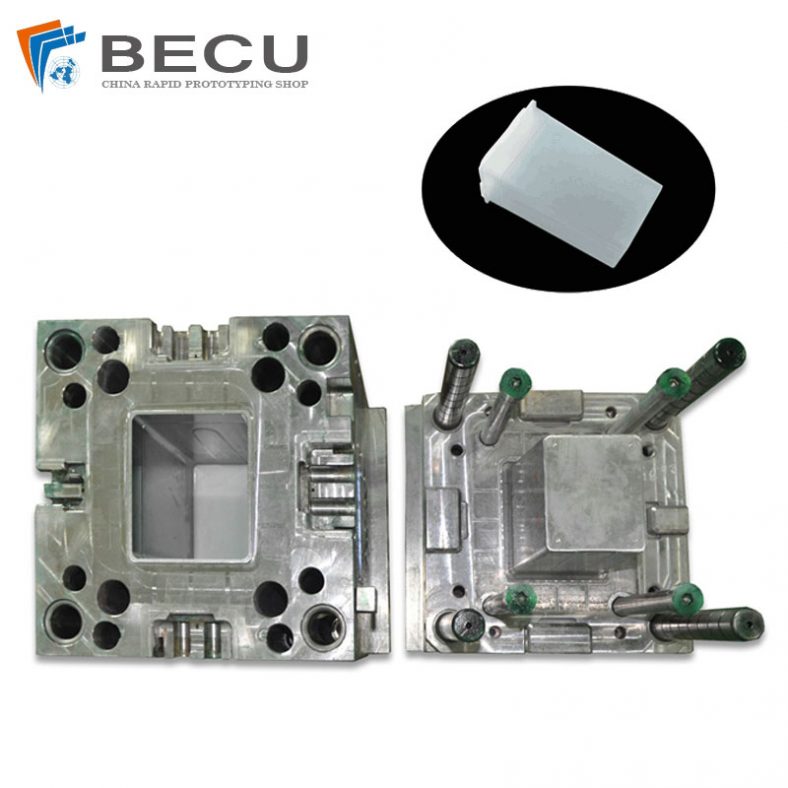
Plastic Storage Box Plastic Injection Mold
-
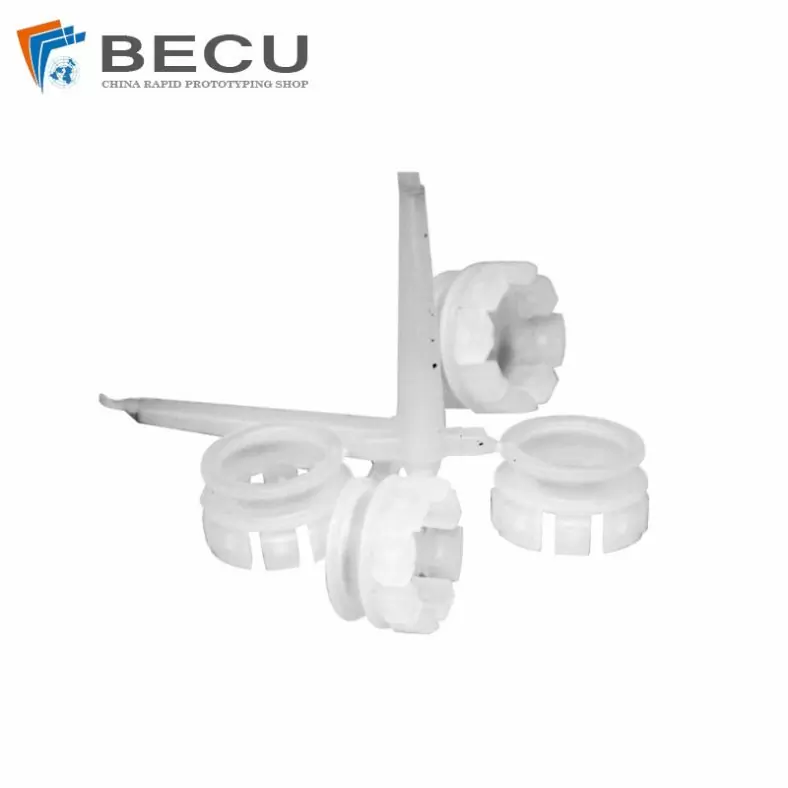
Injection Molding PE-UHMW Retaining Buckle And Ring
-
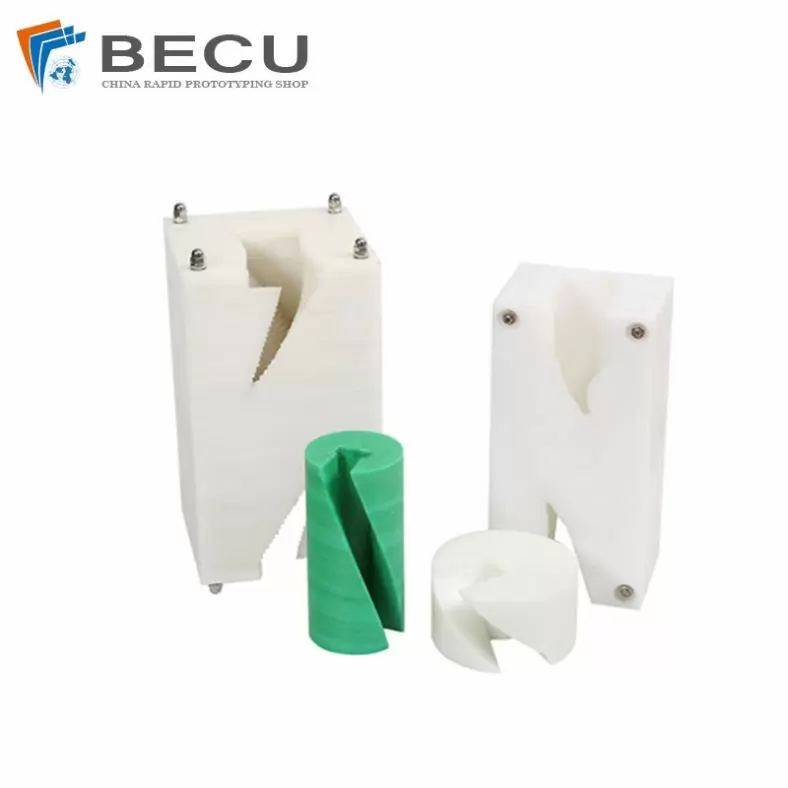
Cnc Machined UHMW-PE Bottle Turner
-
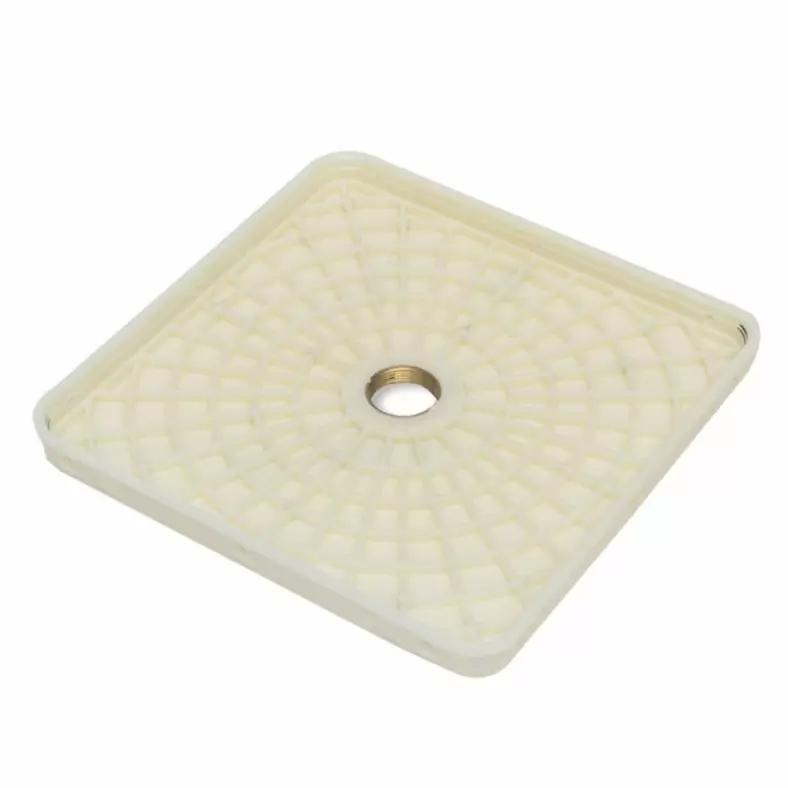
Shower Inclosure Sleeve By Plastic Injection
-
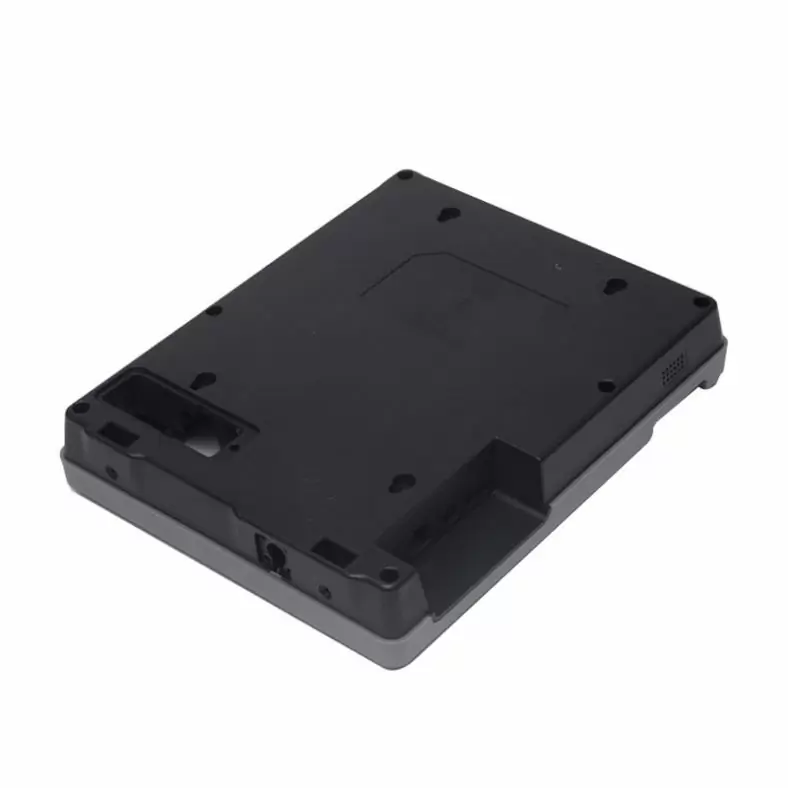
Injection Secret Security Machine Control Shell
-

Sewing Machine Industrial Control Shell By Plastic Injection
